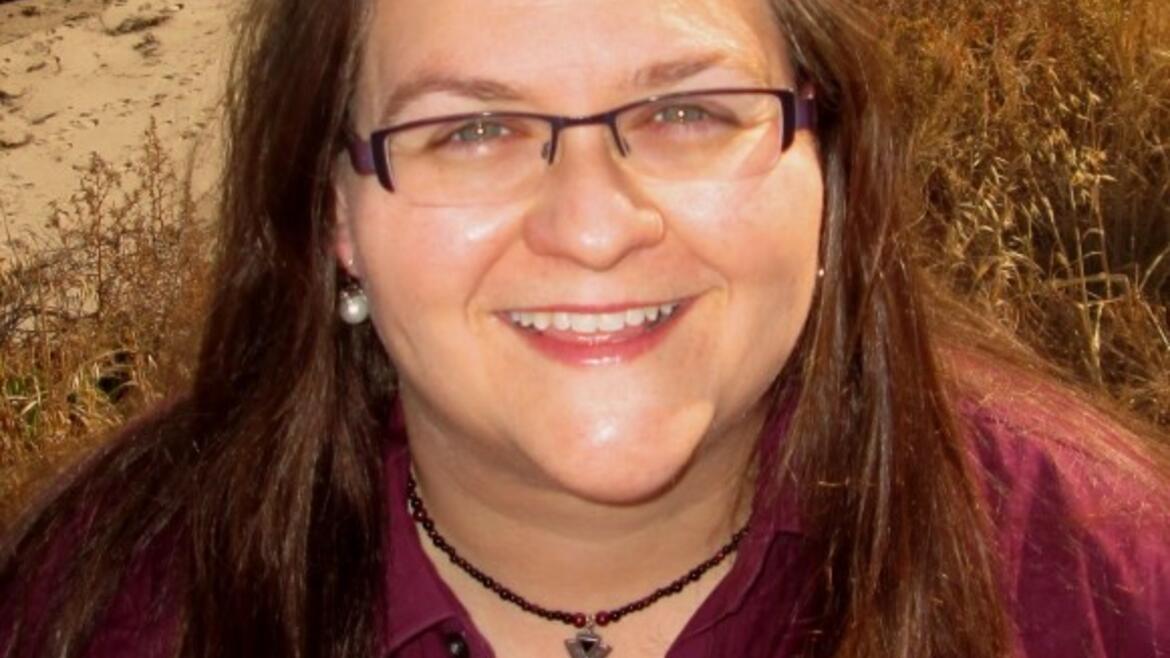Colloquium: Megan Valentine

Learning from nature: how mussels stick to rocks using strong, tough and porous materials
Megan Valentine, Ph.D.
Associate Professor of Mechanical Engineering
University of California, Santa Barbara
Marine mussels live in the hostile intertidal zone, subjected to high-impact wave forces and predators. To attach to rocks and each other, they create a circular adhesive pad called a 'plaque' that is attached to the animal body via a long thin thread. A plaque just a few millimeters in diameter with a 250-micron diameter thread can withstand large pull forces of a several Newtons without debonding. While the individual chemical bonds play a role in determining the adhesive strength, the contact mechanics associated with this shape is also critically important. To better understand the role of mechanics and geometry in determining the adhesive strength of mussels, we study the detachment of the mussel plaques from glass using a custom built load frame. This device is capable of pulling on samples along any orientation and measuring the resulting force, while simultaneously imaging both the bulk deformation of the plaque and the debonding glass-plaque interface. Using this device, we measure the bond strength, observe debonding initiation, and relate the load force to the bulk deformation of the material. We find that the plaque shape improves the bond strength by an order of magnitude compared to other simple geometries and that mechanical yielding of the mussel plaque further improves the bond strength by nearly two orders of magnitude as compared to the strength of the interfacial chemical bonds. Mechanical tests are complemented by ultrastructural studies using electron microscopy and neutron scattering. These reveal the internal structure of the plaque to be a dense interconnected network of pores, that may play important roles in stress distribution and energy dissipation through geometric rearrangements or fluid flow. These results show that adhesive strength can be finely tuned without need for interfacial chemical modification, and suggest new pathways for synthesis of biomimetic adhesive structures.
Dr. Megan Valentine received her PhD in Physics from Harvard and completed postdoctoral training in Biological Sciences at Stanford under the support of the Burroughs Wellcome Fund. In 2008 she joined the Department of Mechanical Engineering at the University of California, Santa Barbara where she is now an Associate Professor. Her lab focuses on understanding how forces are generated and transmitted in cells and organisms, and how the unique mechanical properties of living systems can be captured in novel, bio-inspired materials. She is an Associate Director of the UCSB California NanoSystems Institute, and an IRG co-leader within the UCSB Materials Research Laboratory, an NSF-MRSEC. Her major awards include a 2013 NSF CAREER Award, and a 2015 Fulbright Scholar Award to study Adhesion Mechanics at ESPCI-ParisTech.